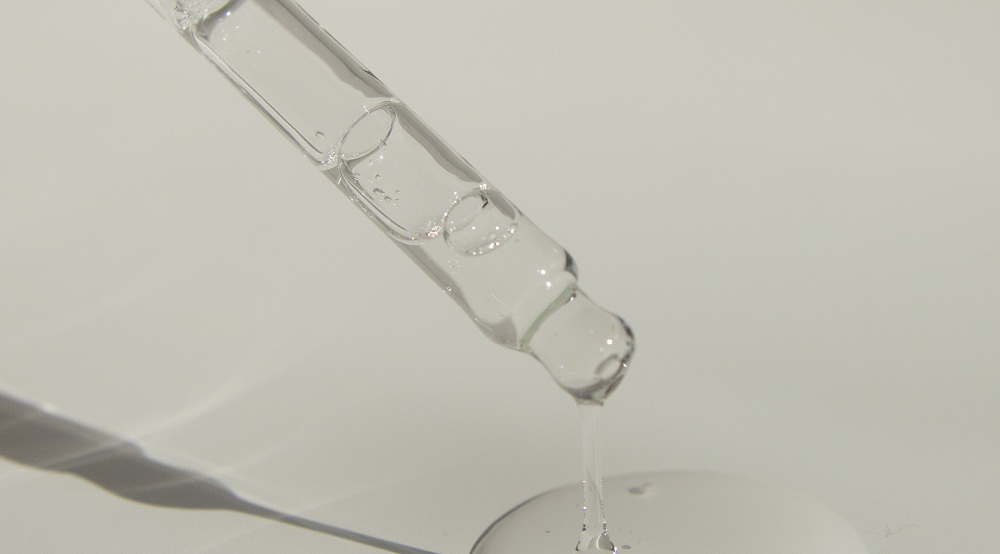Chemiluminescence immunoassay (CLIA) is a type of immunoassay that measures the amount of antigen or antibody in a sample using the emission of light resulting from a chemical reaction. CLIA has gained popularity in recent years due to its high sensitivity and specificity, making it a useful tool in medical research and clinical diagnostics.
One of the main advantages of CLIA is its high sensitivity, which allows for the detection of very low levels of antigens or antibodies in a sample. This makes it particularly useful in the early detection of infectious diseases, such as HIV and hepatitis, and in monitoring disease progression or response to treatment. Additionally, CLIA has a wide dynamic range, which means that it can accurately measure a broad range of concentrations in a single assay. Another advantage of CLIA is that it is a homogeneous assay, meaning that it does not require any separation or washing steps, making it a fast and efficient assay.
However, CLIA also has some disadvantages. One limitation of CLIA is that it requires specialized equipment and reagents, which can be costly and may not be available in all laboratories. Additionally, CLIA may be subject to interference from matrix effects, such as high levels of lipids or proteins in a sample, which can lead to false-positive or false-negative results.
An analysis case of the use of CLIA involves the detection of cardiac troponin I (cTnI), a biomarker for acute myocardial infarction (AMI). A study by Tang et al. (2020) compared the diagnostic accuracy of CLIA to that of a conventional immunoassay in patients with suspected AMI. The results showed that CLIA had a higher sensitivity and negative predictive value compared to the conventional immunoassay, indicating that CLIA may be a more reliable diagnostic tool for AMI.
In conclusion, CLIA is a powerful tool in medical research and clinical diagnostics due to its high sensitivity and specificity. However, it also has some limitations, such as the requirement for specialized equipment and reagents and the potential for interference from matrix effects. As demonstrated in the analysis case, CLIA can be a valuable tool for the detection of biomarkers, such as cTnI, and can provide more accurate diagnostic information than conventional immunoassays.









